The R&A World Golf Museum in St. Andrews, Scotland, reopened its doors to the public in the summer of 2021, following an extensive redevelopment project. The museum, previously known as the British Golf Museum, also underwent a rebranding exercise.

Now, visitors to St Andrews, the “Home of Golf”, can explore a truly world-class museum, located opposite the clubhouse, where they will discover the rich history of the sport and its connection to the town.
Blooloop spoke to Angela Howe, Museum and Heritage Director, and Sarah Clarke, Managing Director at leading visitor attraction and exhibition design consultancy, Mather & Co, to find out more about the project.
A new look for the British Golf Museum
The attraction began life in 1990, under the name of the British Golf Museum. The core of the collection came from the Royal and Ancient Golf Club which set up a trust to build and run the museum. Speaking about the decision to rebrand, Howe says:
“In around 2018, we started discussing where we wanted to go with the museum. We knew 2020 would be when the museum was 30 years old. It is also the year when the 150th Open Championship would have come to St Andrews."
“Being 30 years old, the galleries were looking a bit tired. The interactives were dated, and they had been later additions. They didn't fit well into the overall design of the galleries. We felt that, since 2020 was going to be such a special year, it would be a good time to launch the new museum.
“At the time of the gallery project being approved, we were also asked to look at the name and branding. There was nothing in the name, ‘British Golf Museum’ that connected us to The Royal & Ancient Golf Club or The R&A. We felt it was important for our reputation, and for The R&A’s reputation as well, to showcase the value that we bring as the guardians of this history.
“So, we decided on The R&A World Golf Museum because it had that connection, and also thinking about the collections and how they'd grown since 1990, we felt that we had justification in adding “world” to our title because it reflected how broad the collection had become.”
Reimagining the museum space
The project aimed to reimagine the museum space, presenting the collections in ways that allow the objects, and the stories around them, to come to life.
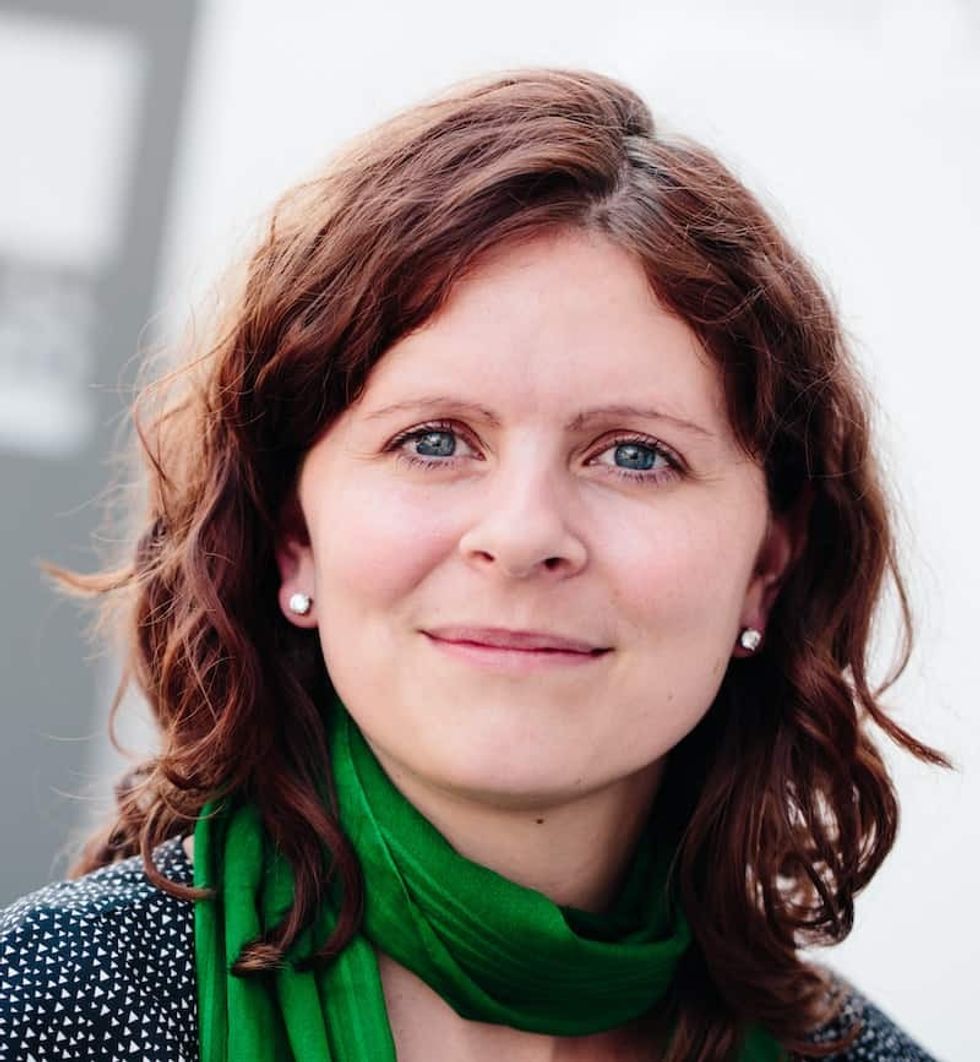
“We wanted to create a more sensory and emotive experience,” says Howe. “Because playing golf and watching golf, there's all these highs and lows, and there's so much impact from the environment and the elements. We wanted to convey all of this in the customer journey. Ultimately, the aim was to make it a better and more fulfilling experience for our visitors.”
To achieve this goal, The R&A World Golf Museum called on the expertise of Mather & Co. This museum exhibition and attractions designer has a great deal of experience in the sports heritage sector, as Clarke explains:
“We've been working in the field for over 25 years. We have worked with many different kinds of subject matter, so we've got quite a broad range of skills in house. In terms of sports, we've designed the Olympic Museum, the award-winning Wimbledon Lawn Tennis Museum, and also the National Football Museum.”
“We were aware of Mather & Co and had visited other museums that they had been responsible for,” says Howe. “And we were very impressed with what we had seen. We talked to them about the project and their team were hugely excited, so it just developed from there.
“They brought a lot of experience, and they also had a lot of ideas. So, even though they knew what we wanted to achieve, and their job was to turn that vision into reality, they brought a lot of their own suggestions too.”
A more modern museum
Before this project, the existing British Golf Museum was quite traditional, says Clarke:
“It didn't really have any kind of dynamic presentation. There was no sound in the museum, so it was quite a dead space in a way. It was also very object heavy, and they were struggling to engage with younger audiences.
“The reason for getting us on board was to bring some dynamism and interactive engagement. One key aim was to appeal to the younger generations and people who wouldn't normally think of picking up a golf club. So, this was a way of connecting with new audiences through the different presentations.”
However:
“Even though we've introduced a lot more interactive elements, we haven't compromised on the objects,” says Howe. “They are still absolutely key to the story. But the approach we have taken has allowed us to interpret them in more innovative ways.
“The visitor now has the opportunity to delve into as much or as little information as they like. They can choose for themselves how many layers of information they want to go through. So, the choices are made by the visitor, whereas before it was a bit more rigid, maybe a bit more traditional.
“It was really all about trying to put the visitor at the centre of it and thinking about their experience.”
A new thematic approach
The all-new visitor experience at The R&A World Golf Museum is made up of six themed zones, in contrast to the previous chronological approach.
“We sat down with the museum team, and they were keen not to go with a traditional chronology, which is what they'd done previously,” says Clarke.
“They felt that approach wasn't going to connect with this new audience that we were trying to attract. So, we looked at different themes which could hold the content, but that allowed us to bring in other stories that maybe would not normally be told. For example, the women's game, young players, and things like that. It’s allowing that story to unfold and be told in new ways.”
In addition, the old timeline approach did not allow for much flexibility, adds Howe:
“Previously, there was one route in and out, so the chronological layout was fairly rigid. It also meant that certain subjects were repeated. For example, you would get the Amateur Championship in the 19th century and then you get the Amateur Championship again, later in the 20th century. The broad themes gave us a lot more flexibility to bring in more storylines, and to connect these to the collections.”
Interactivity at The R&A World Golf Museum
There are now several different types of interactive at The R&A World Golf Museum. This transforms the guest experience from a passive visit to a more engaging and memorable one.
“The interactivity takes different forms,” says Howe. “For example, in the introductory section, we have a large tabletop, which several people can be on simultaneously.
"It shows a large map of St Andrews, with different historic golfing touchpoints around the town and the links, so visitors can learn more about it. The information is presented in a very visual way. And it's enhanced by large, curved walls on each side of the table. These evoke the sights and sounds of St Andrews. It is very visual, and it's a nice easy way to introduce people to the galleries."
“Another example, which is very simple but effective, is a zone called a Royal and Ancient game. We wanted to play on the idea of the Royal and Ancient Golf Club and its history. It has such an important history for the game and its development. Here, we created a locker room environment, with beautiful wooden lockers that visitors can open. Inside there are displays relating to the history of the club. Again, it's a nice thing for visitors to make their own choices.
“There is now a variety of ways in which people can interact, which gives a fuller experience. There is more to do and there's more to see. Some of the comments people have given us are that they'll need to come back because there's too much to do and see all in one go. That's a huge compliment.”
Hands-on, engaging experiences
Speaking of the value of adding interactive experiences to museums, Clarke says:
“People learn better by doing, particularly with family or school audiences. By opening up and getting them to interact, it is a lot easier for them to understand the information. And it helps them to work through the process of understanding why certain things take place.
“For example, we've done a ‘play the game’ interactive for the first time. I think the museum hadn't thought about putting an interactive instruction in before, to teach people how to play golf. Because the presumption is you come into the museum and know how to do it."
“In this interactive, a pro golfer takes you through why you select a particular club for a specific shot. There is a series of club heads on the desktop, so visitors get the chance to choose which one they think would be useful in playing the shot and understanding why.”
Making the topic accessible will also help the museum to attract a wider audience:
“One of the things we know from our previous projects is that often when a family unit visits a museum, not everyone's interested in the topic to the same extent. But by broadening out the themes and talking about other things, like social history, art and culture, and also including some fun and some play, there's something for everyone. And that's something we've tried to do here as well, to offer that broad range of design.”
New technology for The R&A World Golf Museum
One key element of the redesign is a new state-of-the-art projection show. This takes up the back wall of the exhibition space.
“We felt that there should be a standout element, something that had a real impact,” says Howe. “But it also had to be something that was flexible, so if we wanted to change the display or change the storylines at any point, we would be able to do that.
“The projection show takes up quite a significant area within the galleries, as well as a large wraparound wall. It's projected onto our 11 totems which, when the show isn't playing, are also an important part of the displays. They have objects on one side, and film interactives on the other, so this is a great multipurpose feature."
“The show at the moment focuses on The Open Championship. This has an emphasis on the emotive, psychological and atmospheric aspects of The Open, the tensions, the highs and the lows, the winning and the losing.”
“The Open Championship is the pinnacle of golfing,” adds Clarke. “It is the championship everyone wants to play. So we thought it deserved a show that celebrates the history and heritage.
“Rather than having a dedicated theatre, the film takes over the whole exhibition and immerses you every 20 minutes. It’s an intensive show that stops visitors in their tracks. What's great is that you're surrounded by it, rather than just looking at one screen.”
Overcoming challenges
The grand opening was originally planned for 2020. This would have coincided with the 150th Open Championship coming to St Andrews, as well as the museum’s 30th anniversary. However, the global pandemic put a halt to sports and cultural attractions alike, delaying both events and causing some extra challenges for the project team.
“The pandemic affected everything in the industry,” says Clarke. “A lot of the work was forced online. But we had a good relationship with the team at the museum and we worked through it. There were some delays to the build, which meant we needed to be flexible. It’s certainly a huge sense of achievement, now the museum is open, and feedback from visitors has been so positive.”
“It was interesting, and quite surprising in a way, that the project could be delivered with so many of the communications taking place on Zoom,” says Howe. “It's such a credit to the creative minds on the project that they were able to transfer these discussions into something tangible.
“We were fortunate to begin with that the project could continue, and The R&A was keen that we did so. It would have been easier in some ways if we could have had more meetings, face to face. But I think the working relationship had already been established. So, by the time everybody came on site, we knew them, and it made it all the nicer actually to work with them once they were here.”
A global mindset
“This was a prestigious project for us because it went further than just the museum. And it's become more global, because of the change of name to The R&A World Golf Museum. That affected the way that we developed the design. We needed to think more globally about the way that we positioned the museum,” says Clarke.
Speaking about what’s next for the company, she adds:
“We're currently working with Gretna Green on a new attraction that's going to open early next year. We're excited to be working there and getting their customers back. And we also recently won the Inverness Castle contract.
“Plus, we have started to engage with sports stadiums again after the pandemic. The pandemic hit them heavily, of course, so it's exciting to see the industry starting to get back to normal.”
Future events at The R&A World Golf Museum
Now that the galleries are open, The R&A World Golf Museum is looking forward to the future.
“We have a temporary exhibition space within the galleries,” says Howe. “At the moment we're hosting a photographic exhibition entitled “Seve - His Life Through the Lens”. This is dedicated to Seve Ballesteros and is co-curated by the photographer David Cannon. He photographed Seve throughout his career and they had a close relationship."
“David Cannon has written a book and we are displaying some of the photographs that feature in it. That exhibition launched in September and will run through next year's Open Championship. And then we'll start to plan what's going to come next.
“We also have incorporated a learning space. So, there's a range of activities for school holidays being planned as well."
Charlotte Coates is blooloop's editor. She is from Brighton, UK and previously worked as a librarian. She has a strong interest in arts, culture and information and graduated from the University of Sussex with a degree in English Literature. Charlotte can usually be found either with her head in a book or planning her next travel adventure.
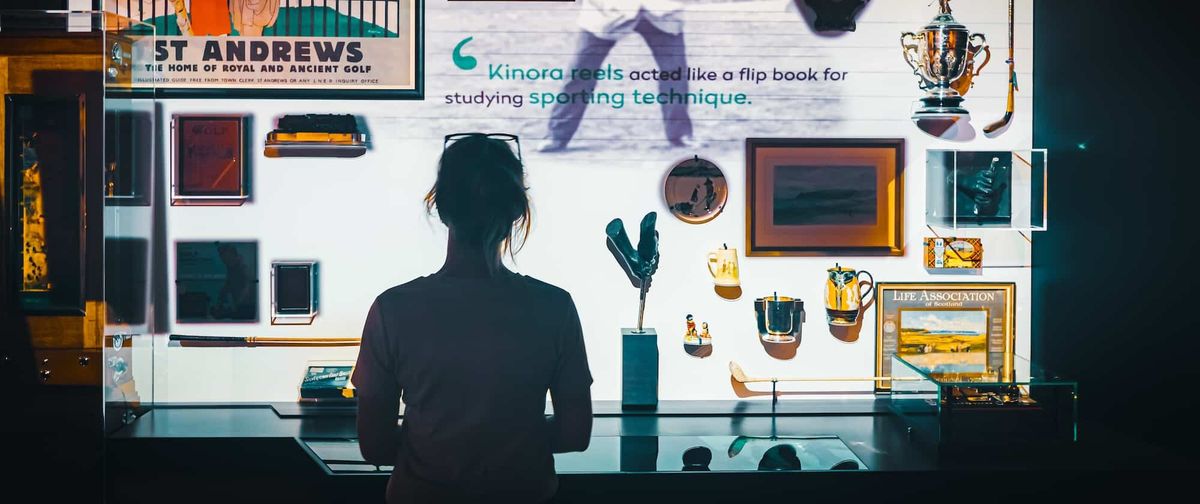

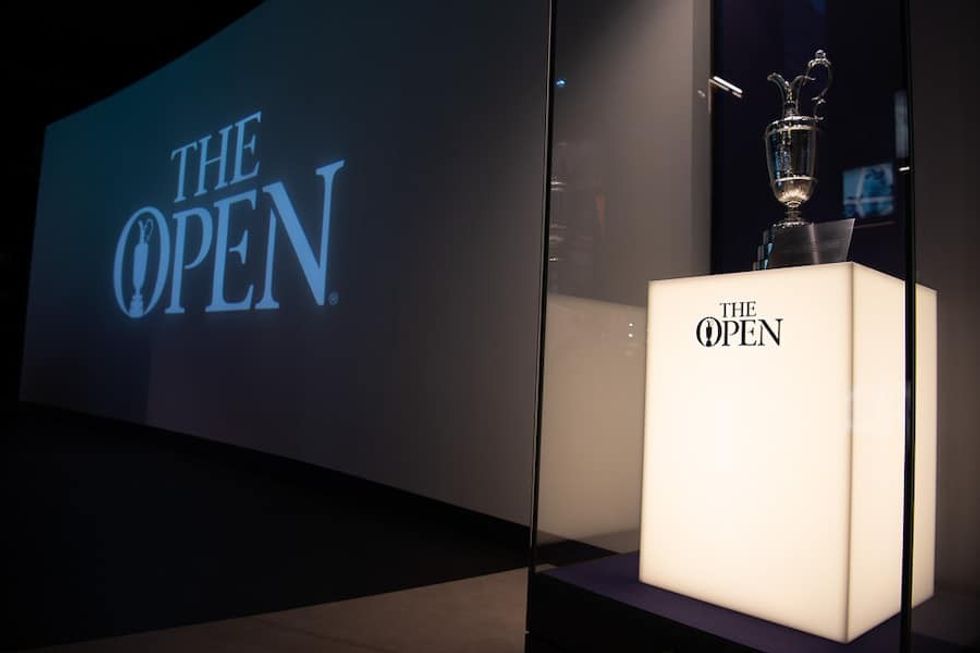
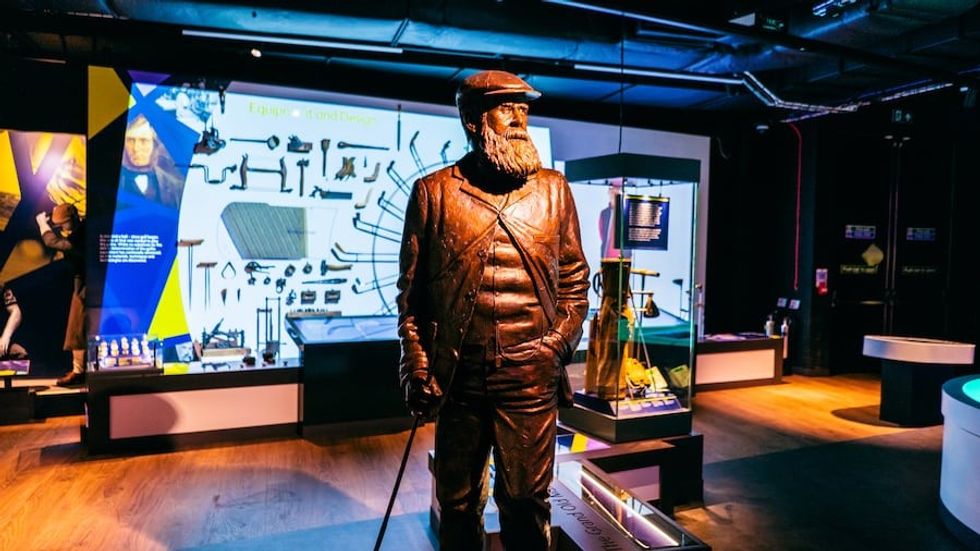
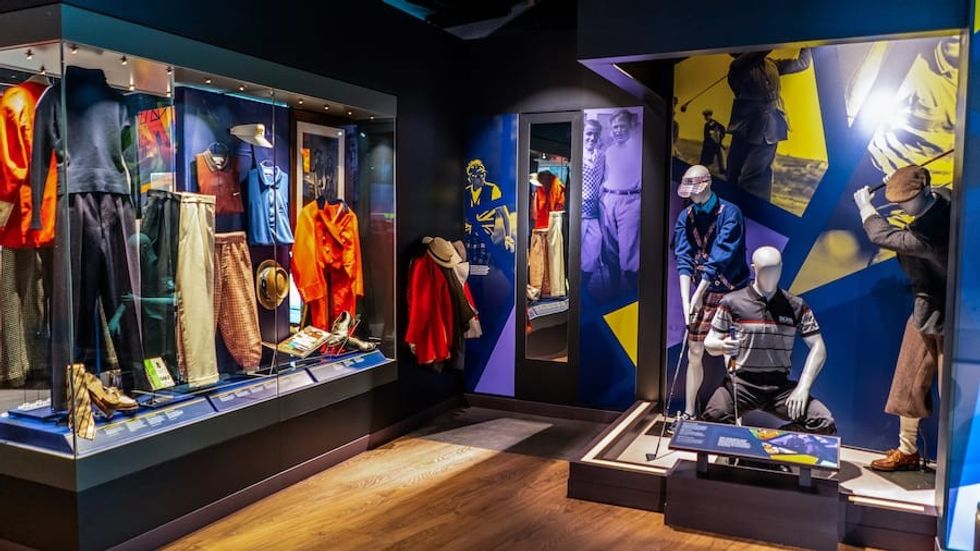
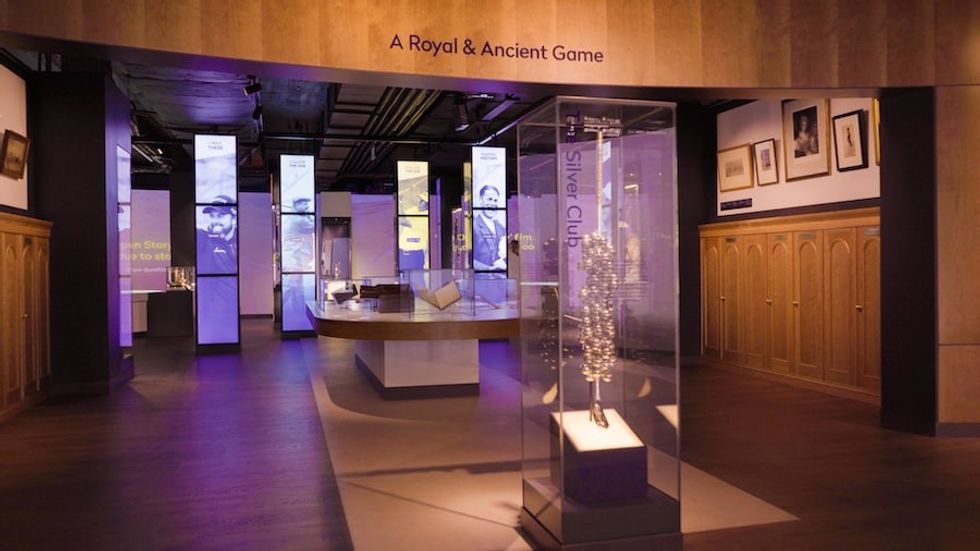
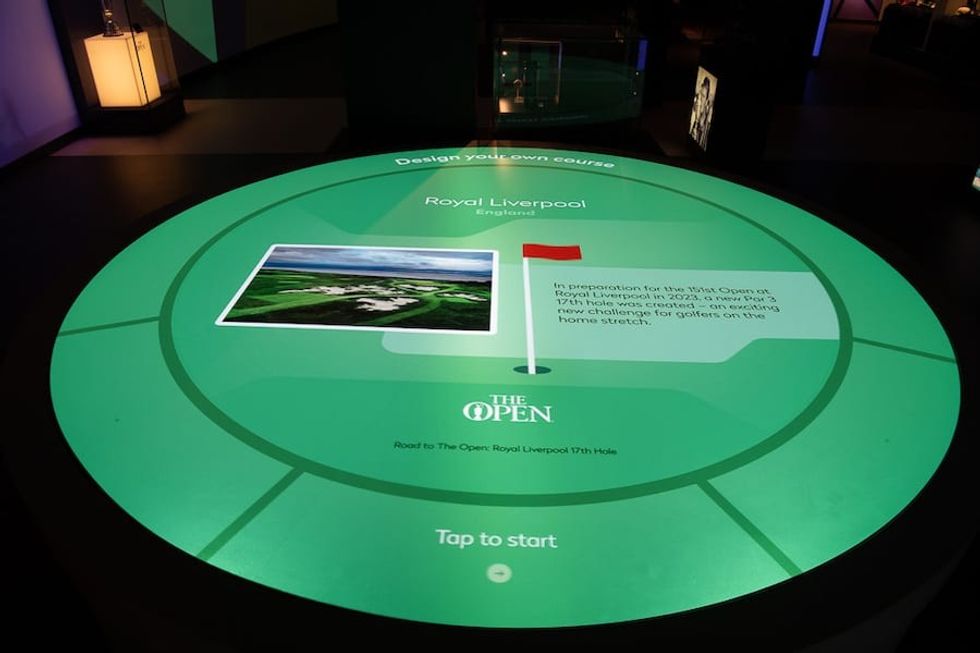
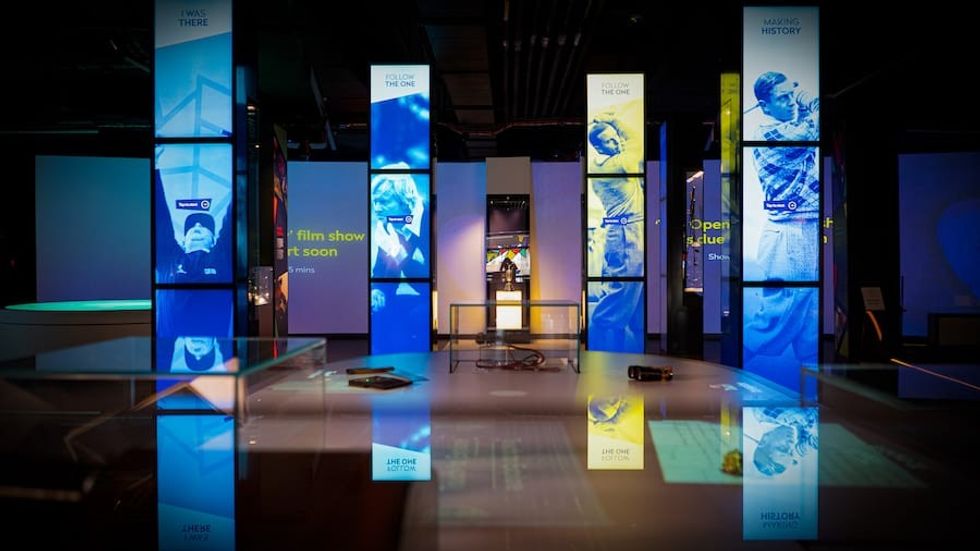
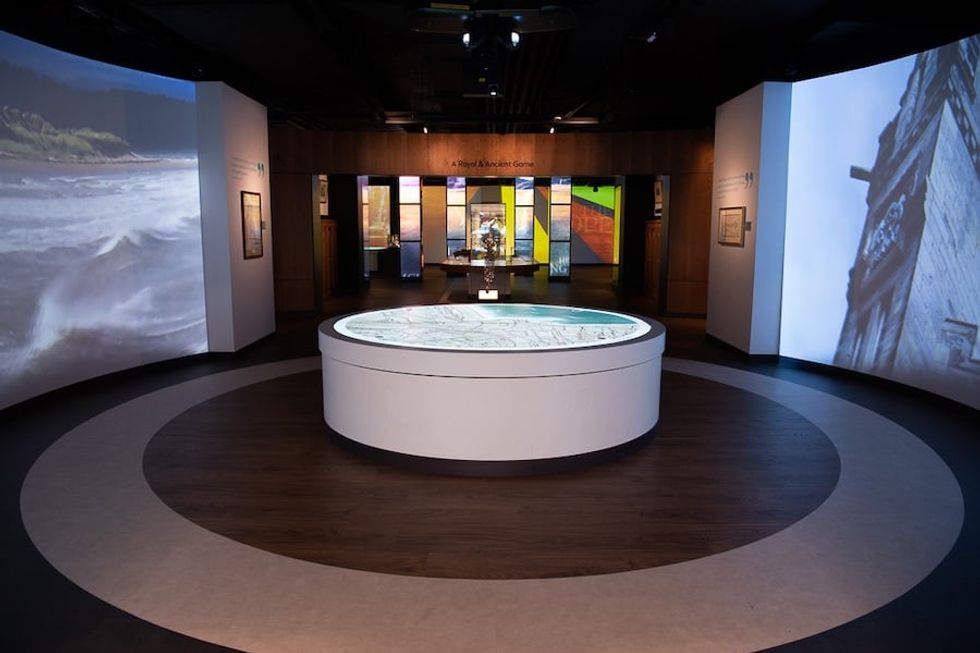
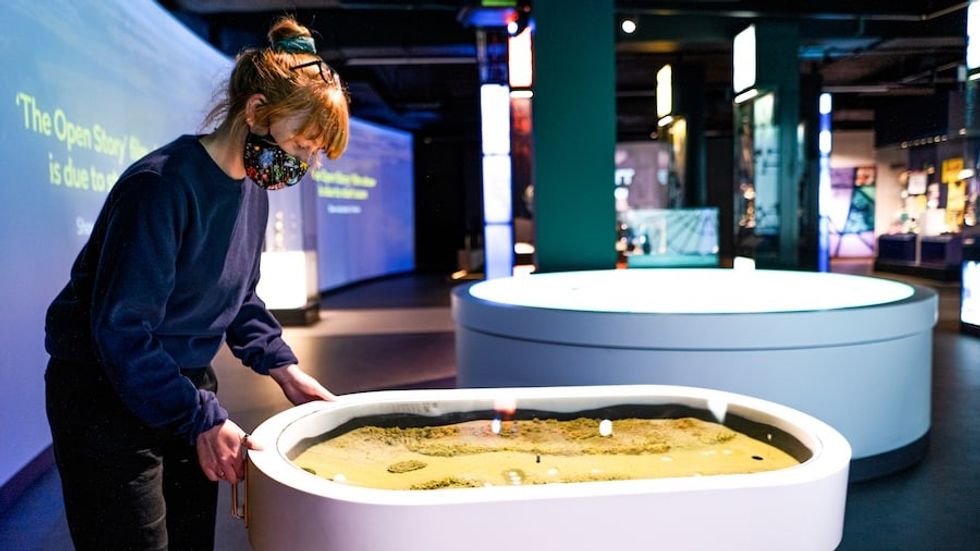
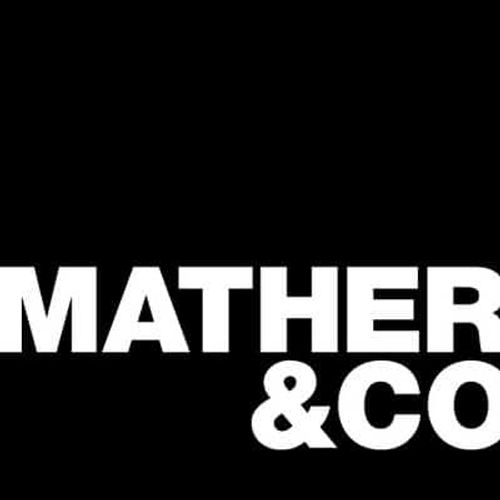
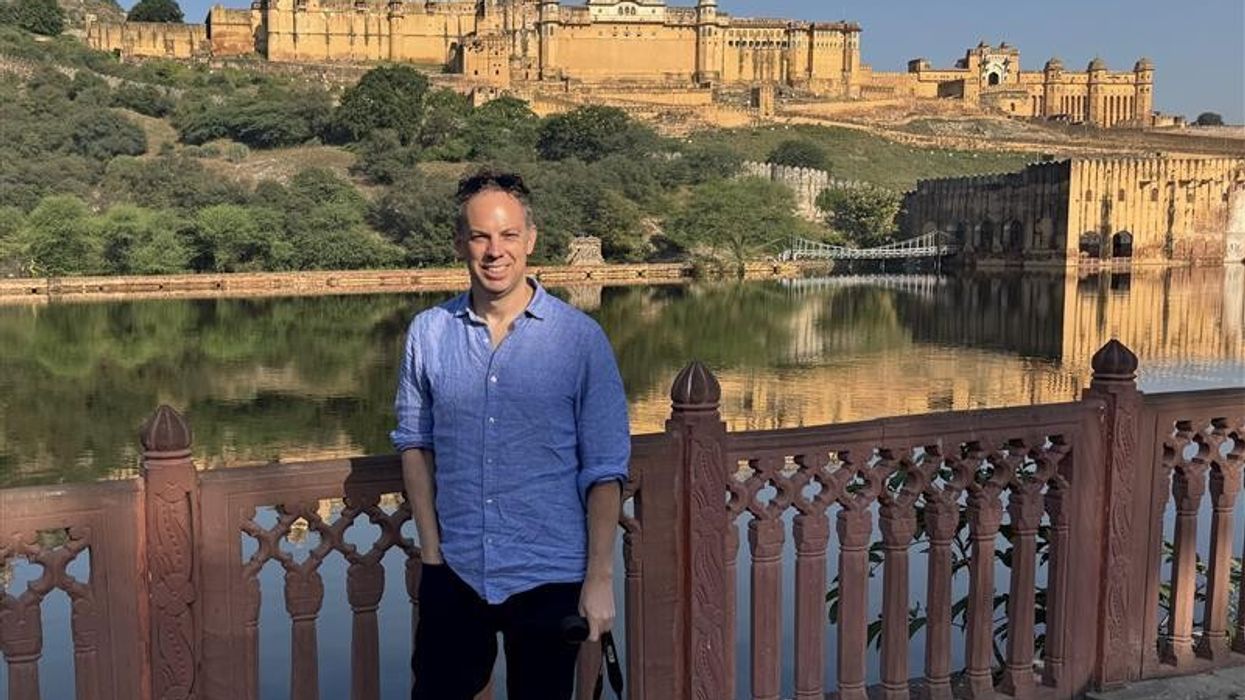
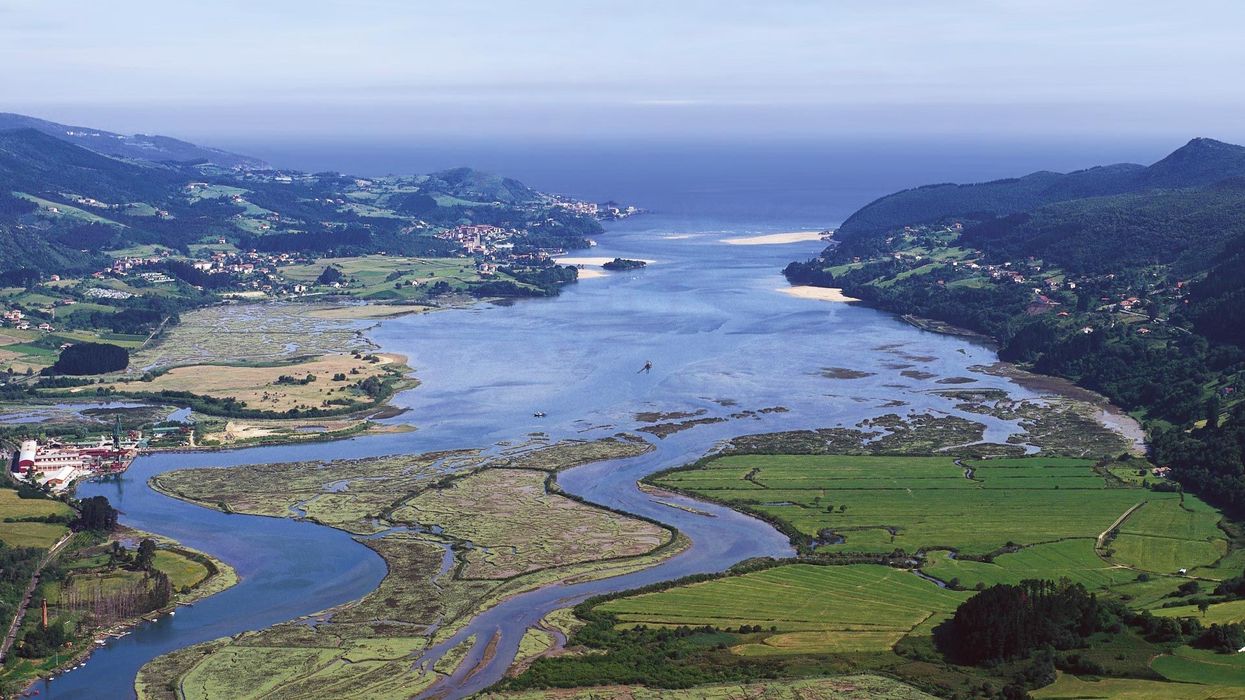
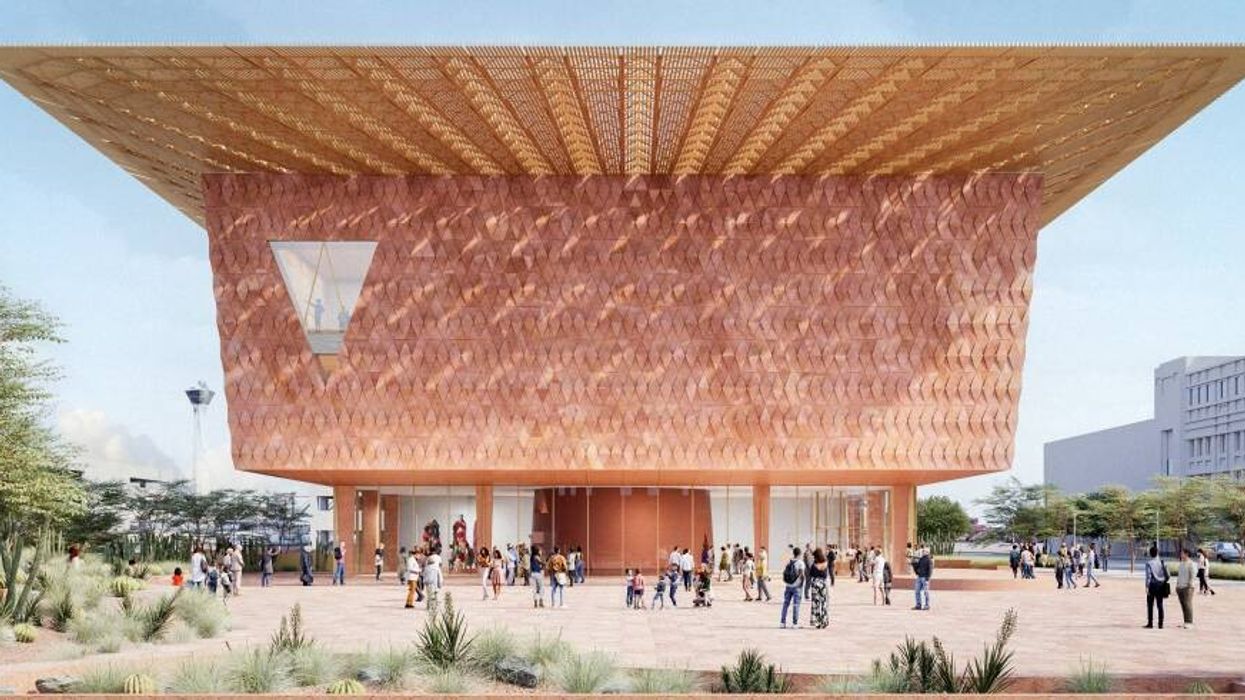
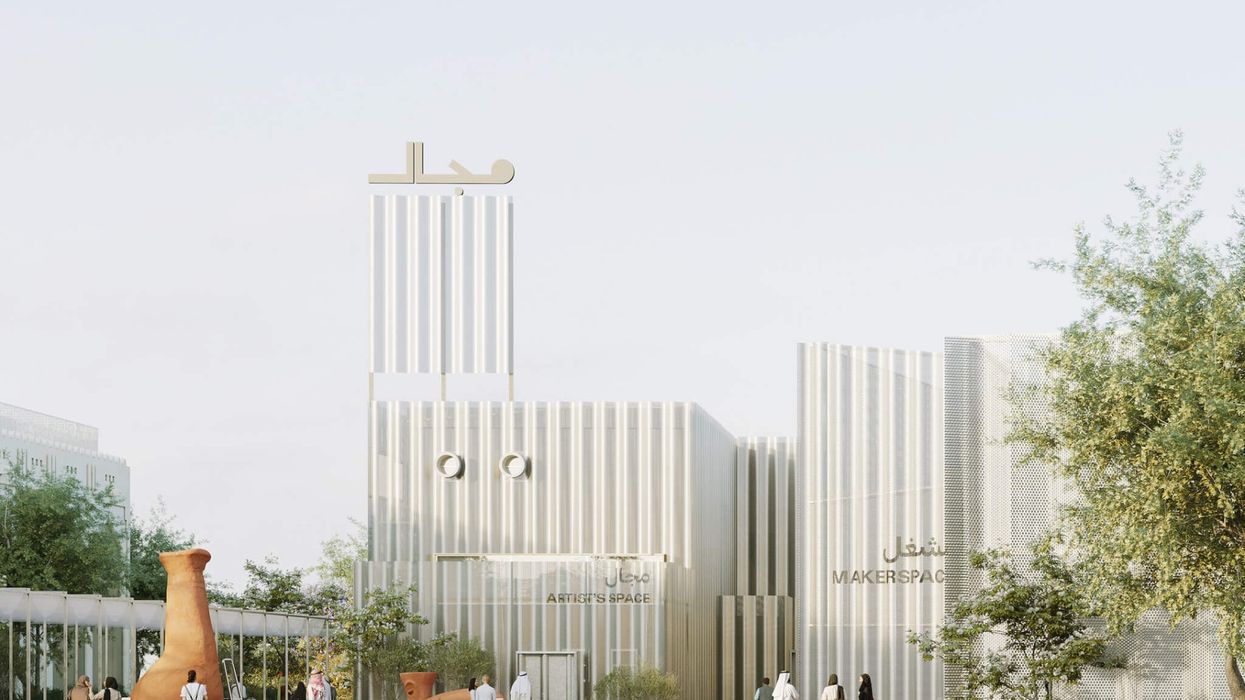
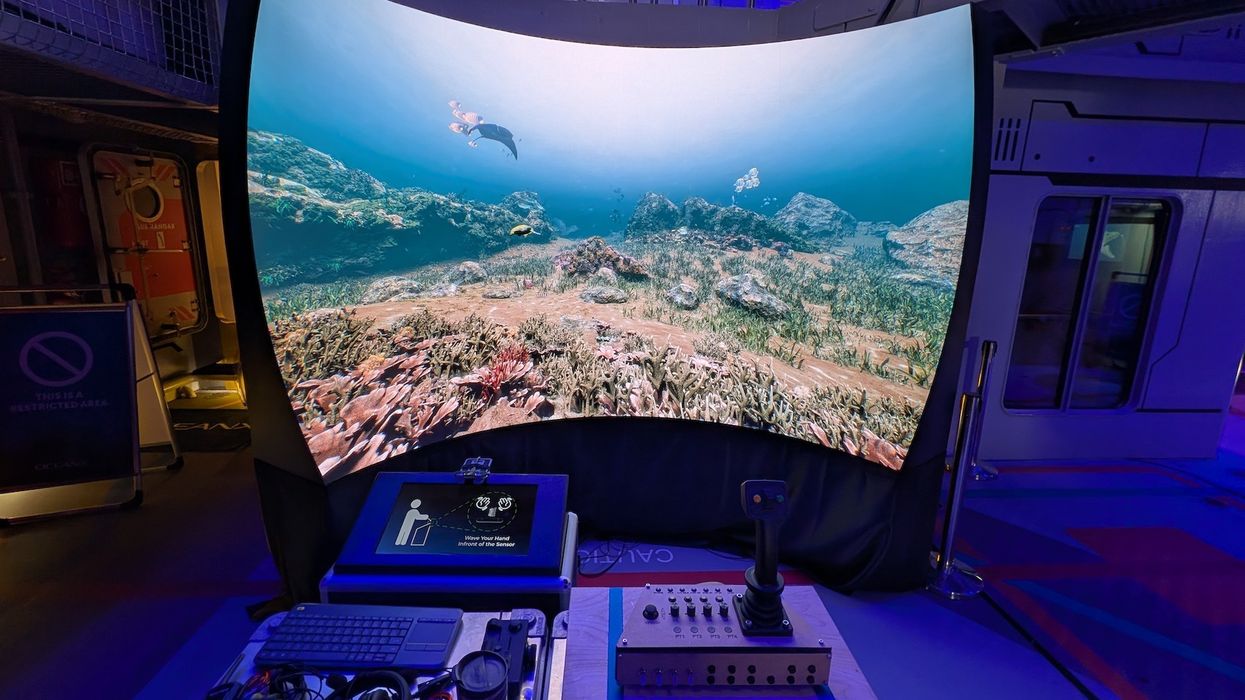
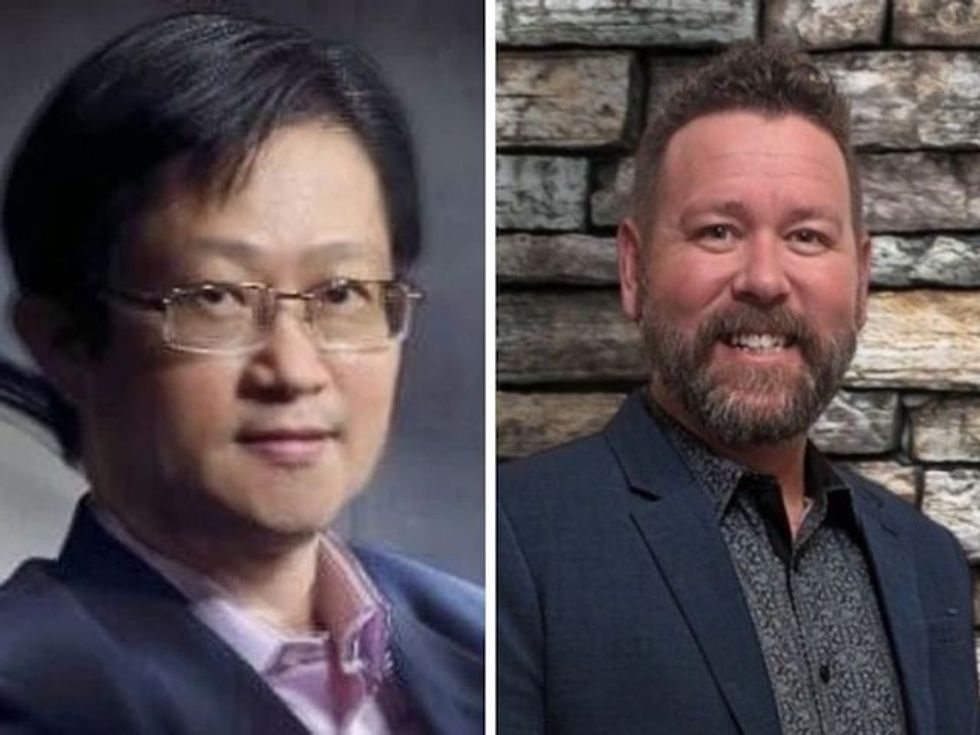 TM Lim and Adam Wales
TM Lim and Adam Wales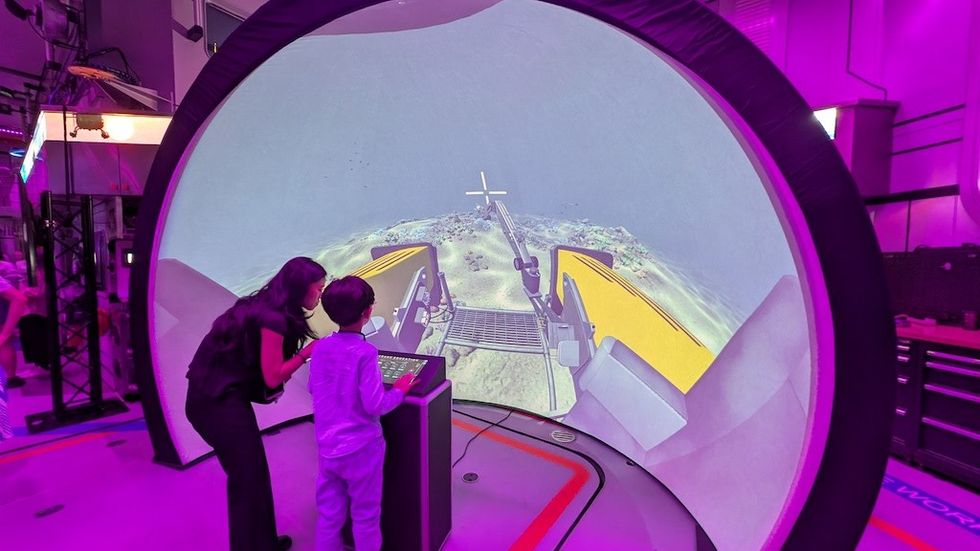
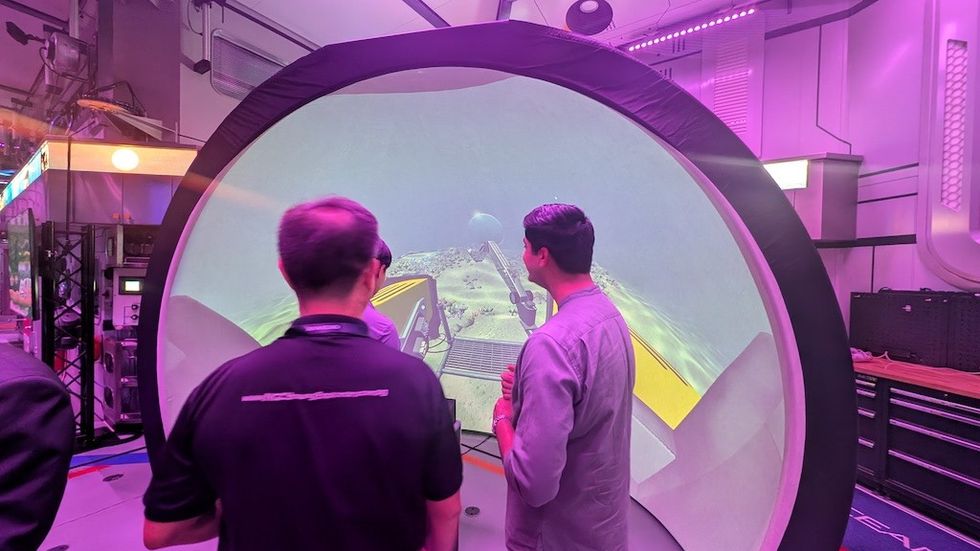
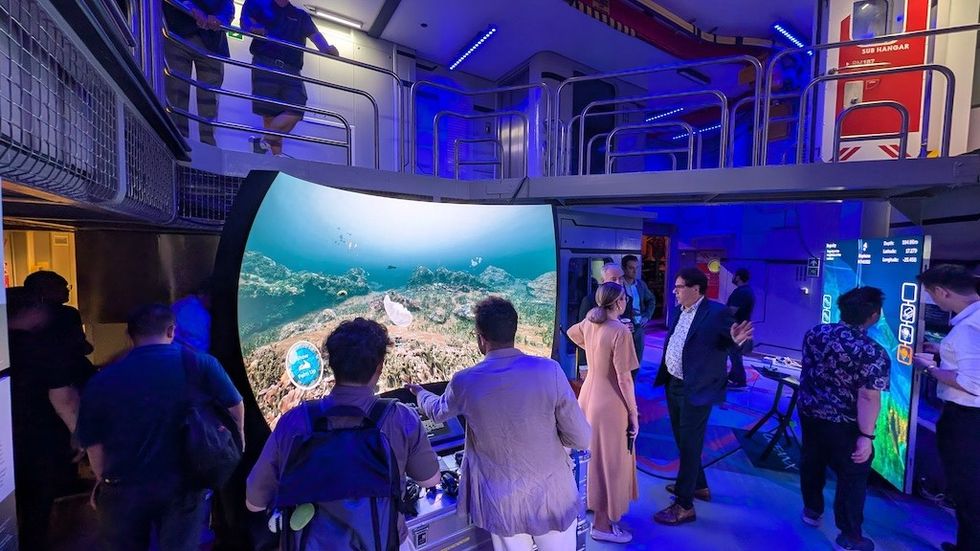
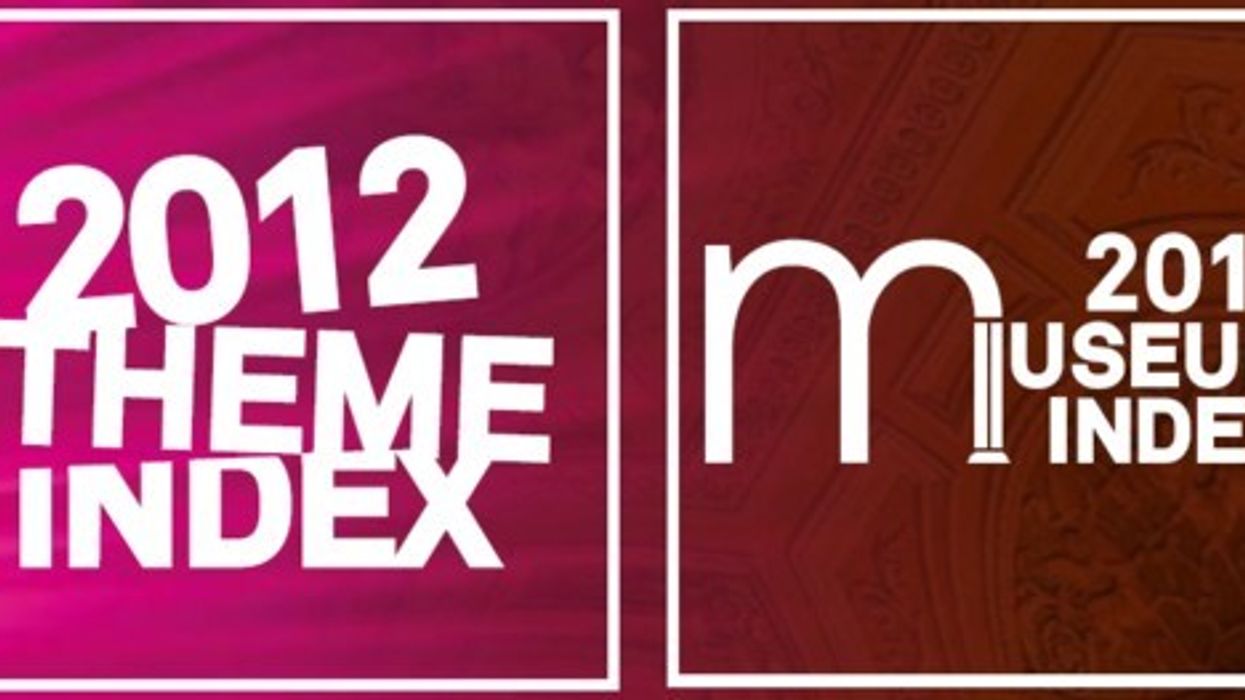

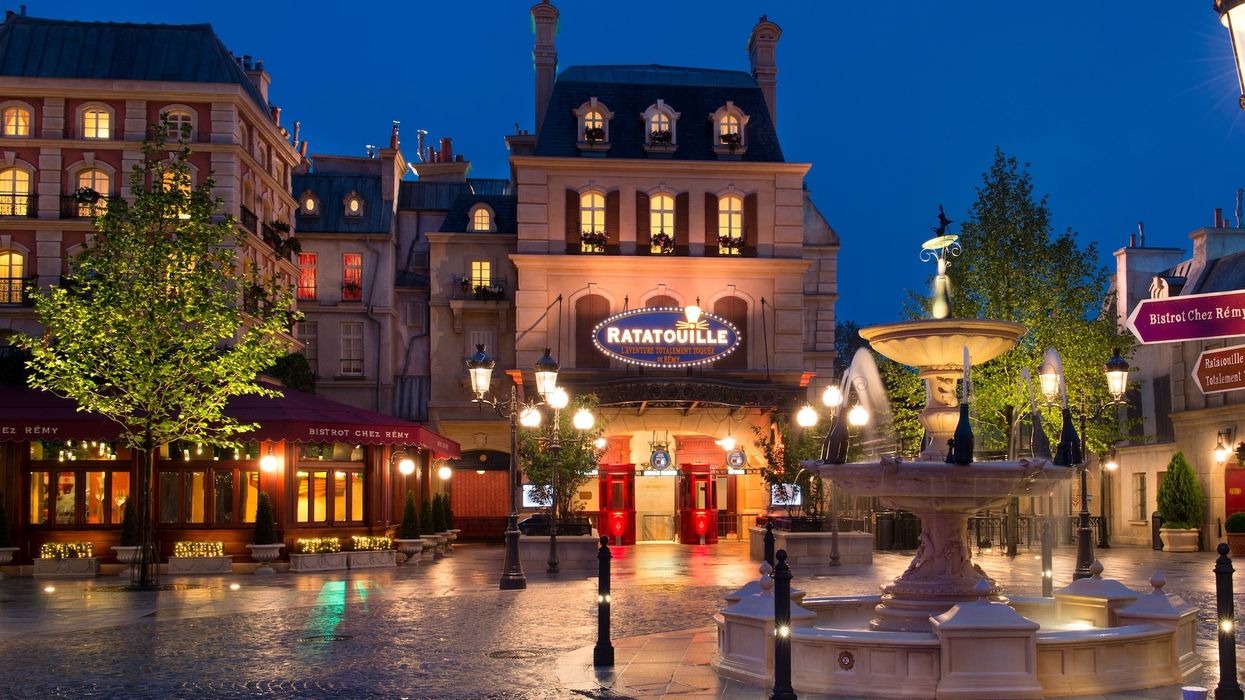
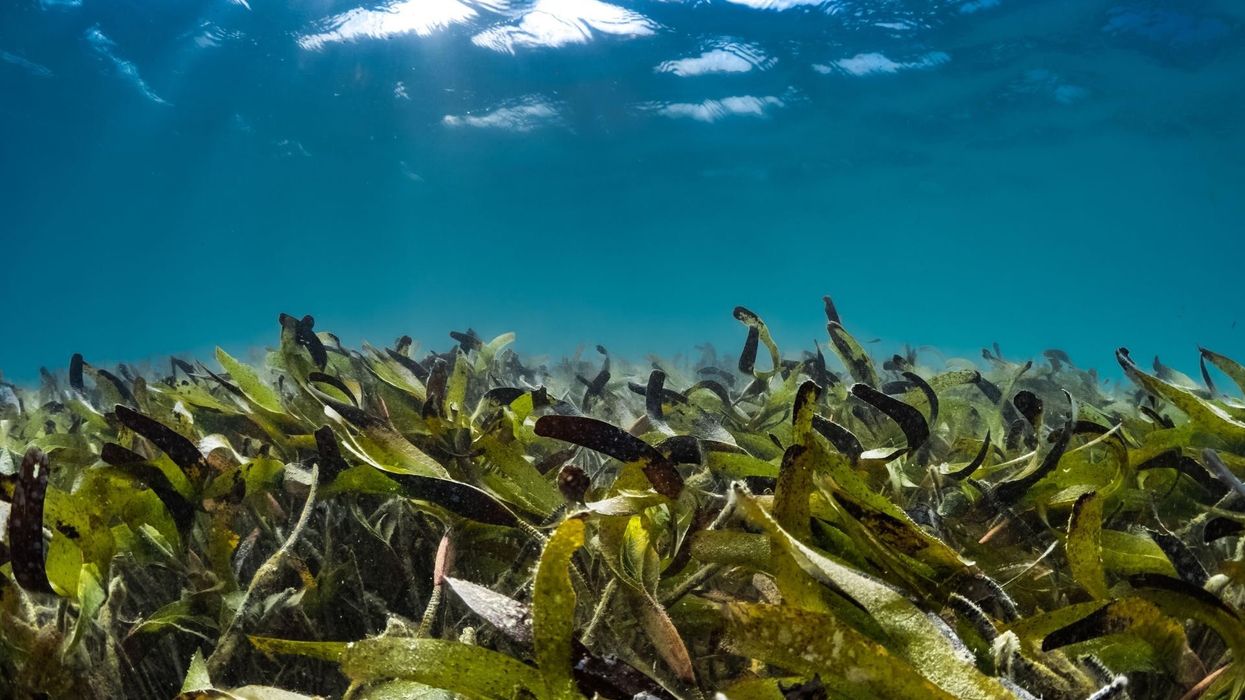

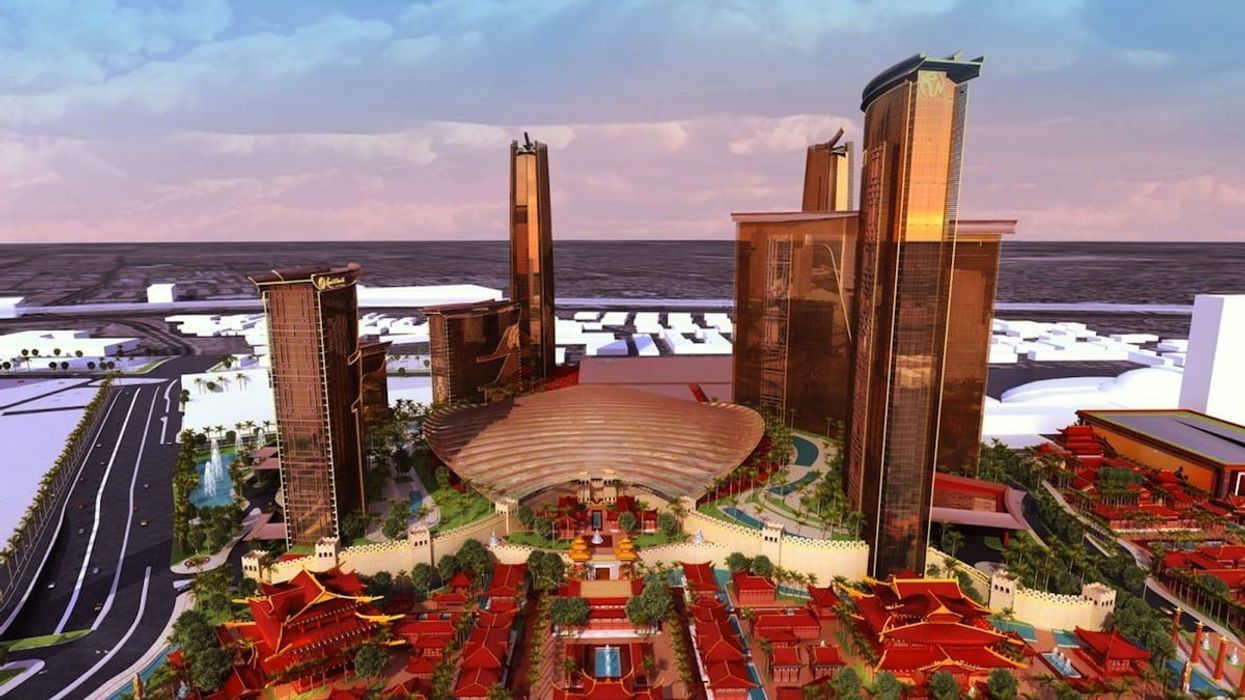

 Toby Harris
Toby Harris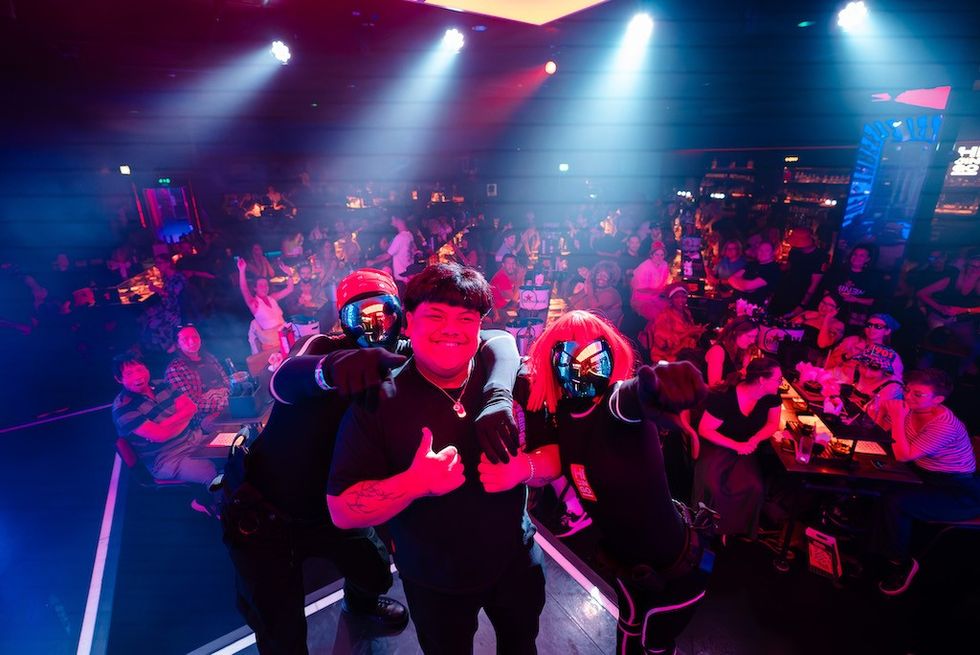 Hijingo
Hijingo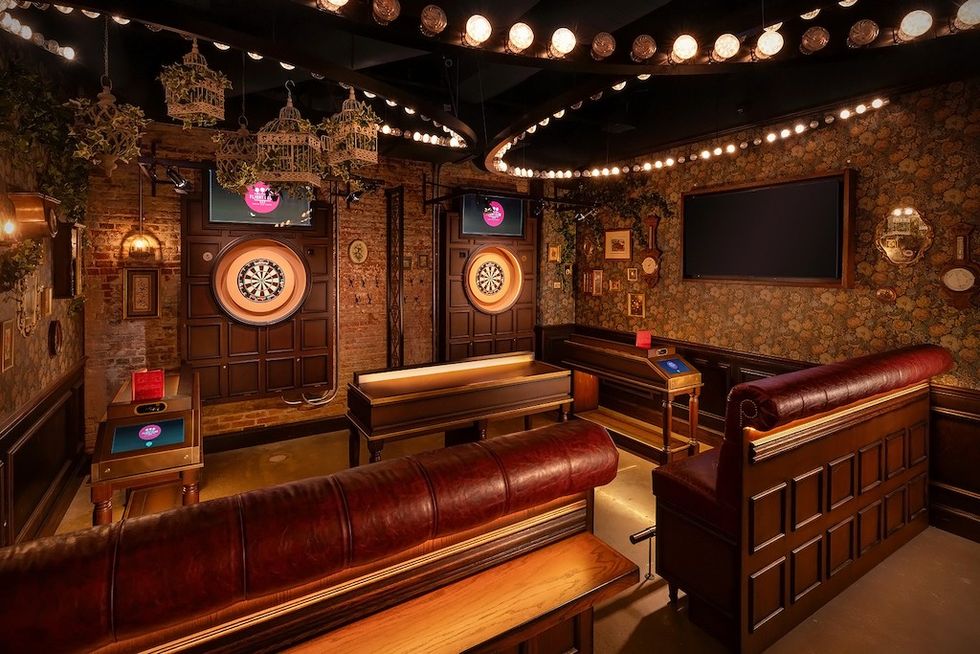 Flight Club, Washington D.C.
Flight Club, Washington D.C.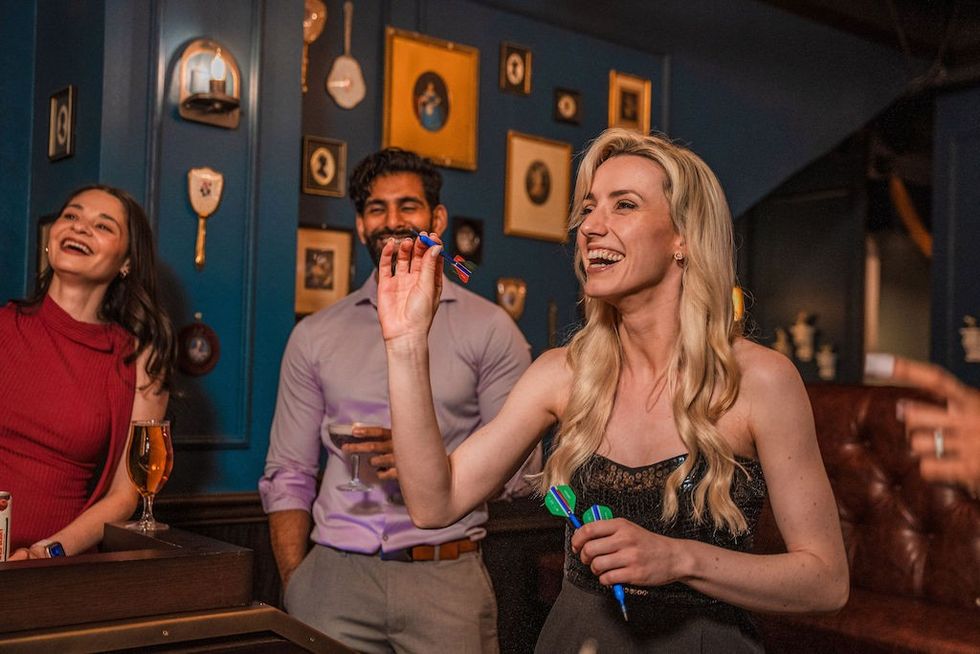
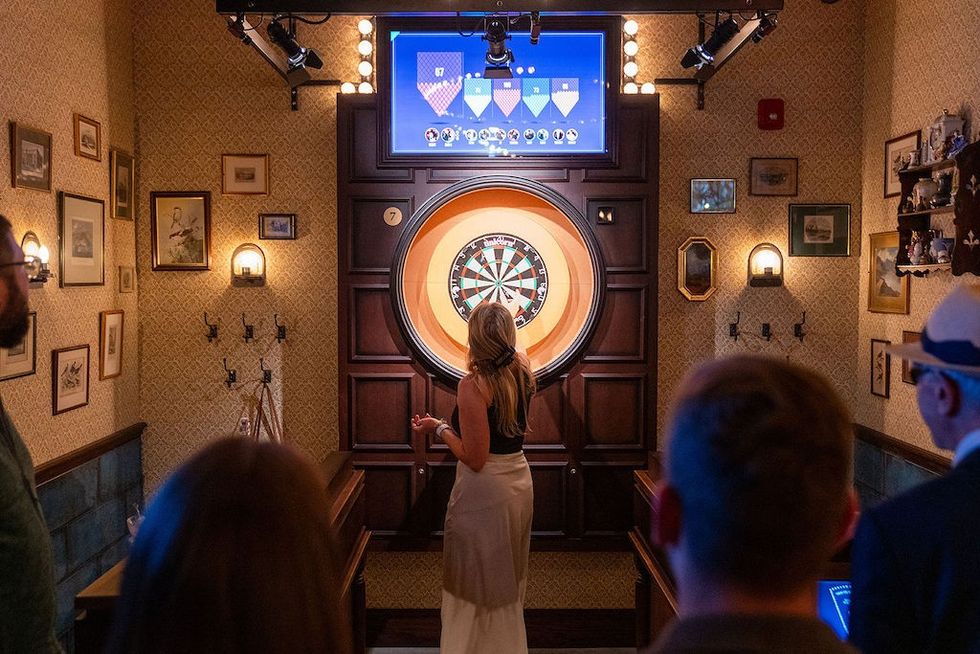 Flight Club Philadelphia
Flight Club Philadelphia Flight Club Philadelphia
Flight Club Philadelphia Bounce
Bounce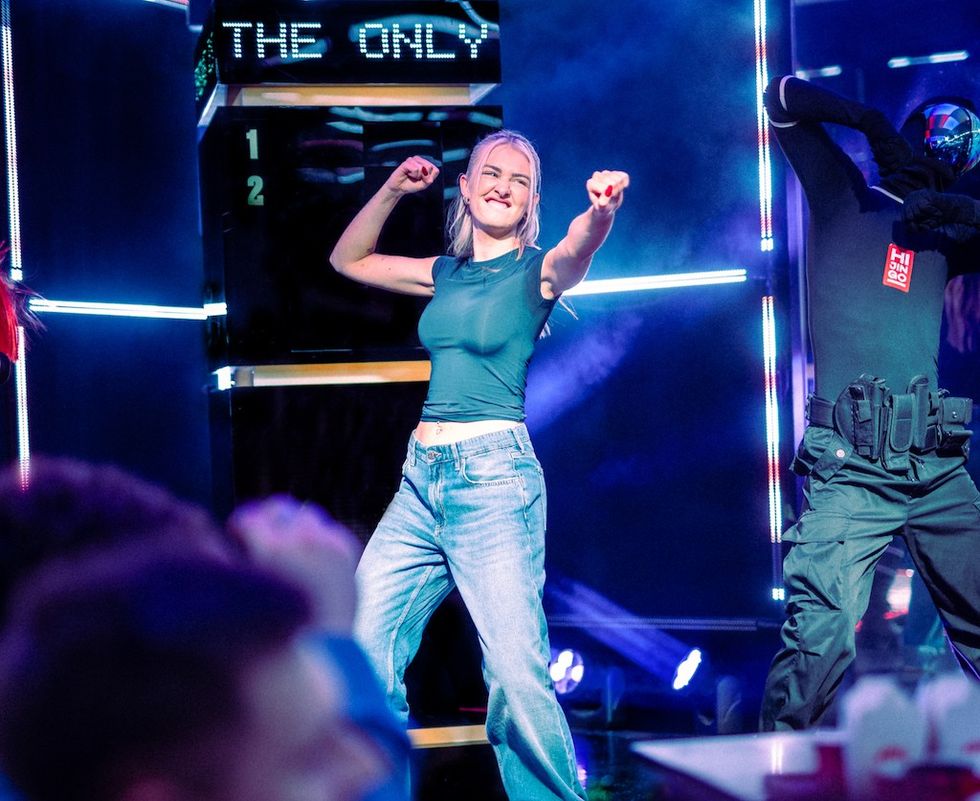 Hijingo
Hijingo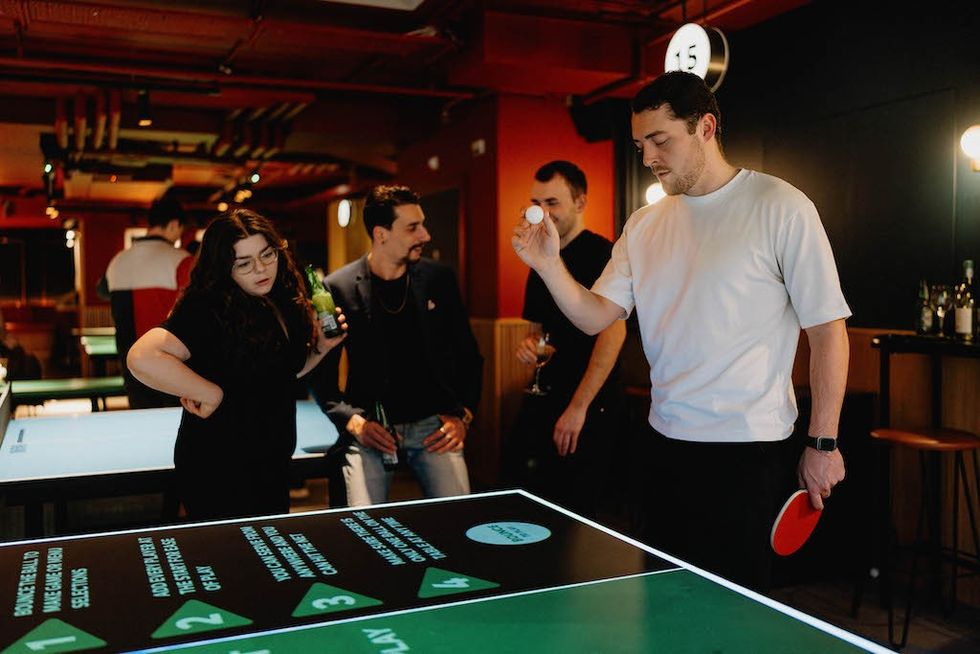 Bounce
Bounce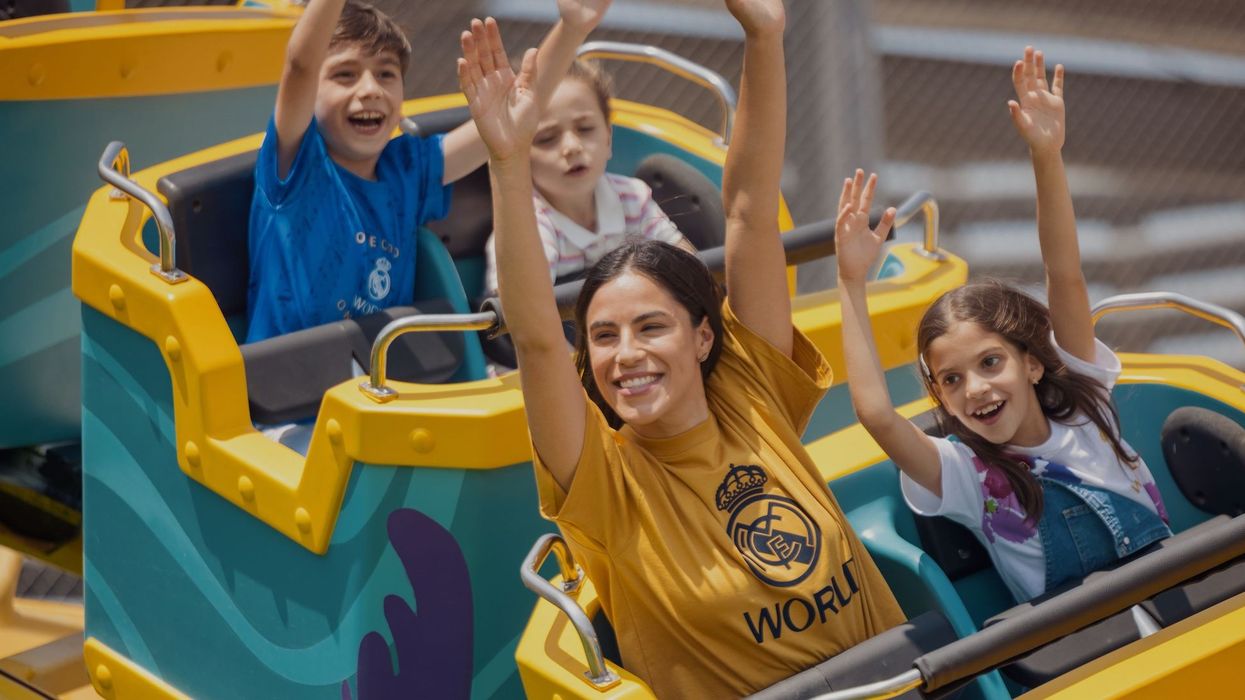
 Fernando Eiroa
Fernando Eiroa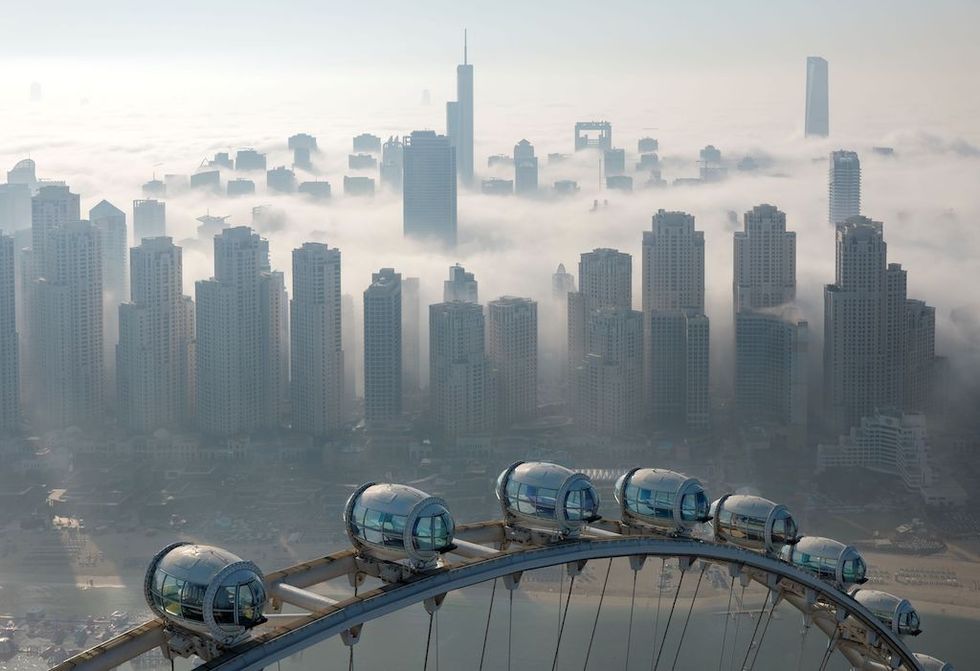
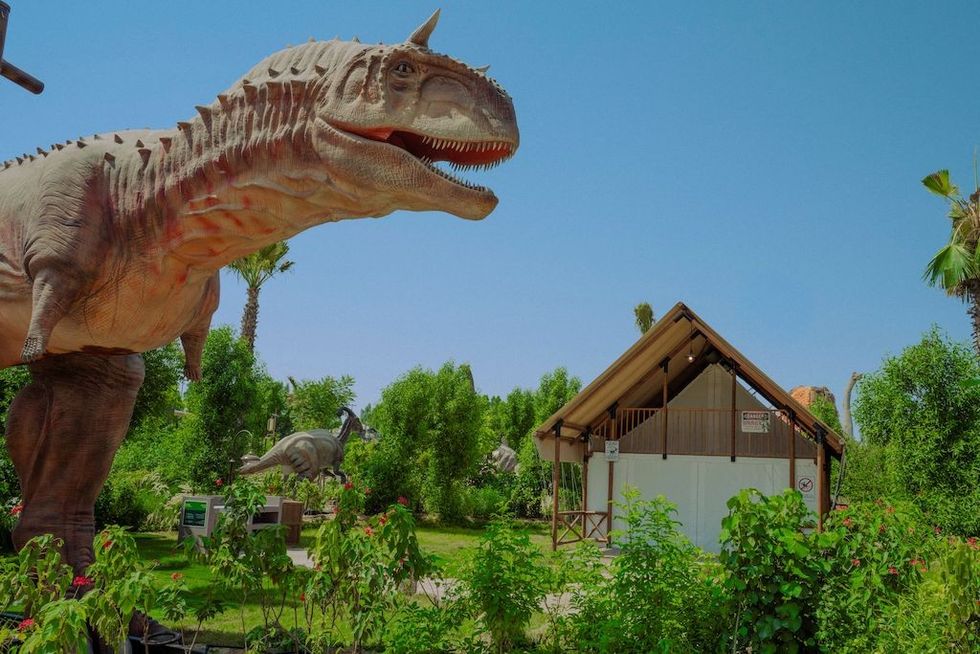
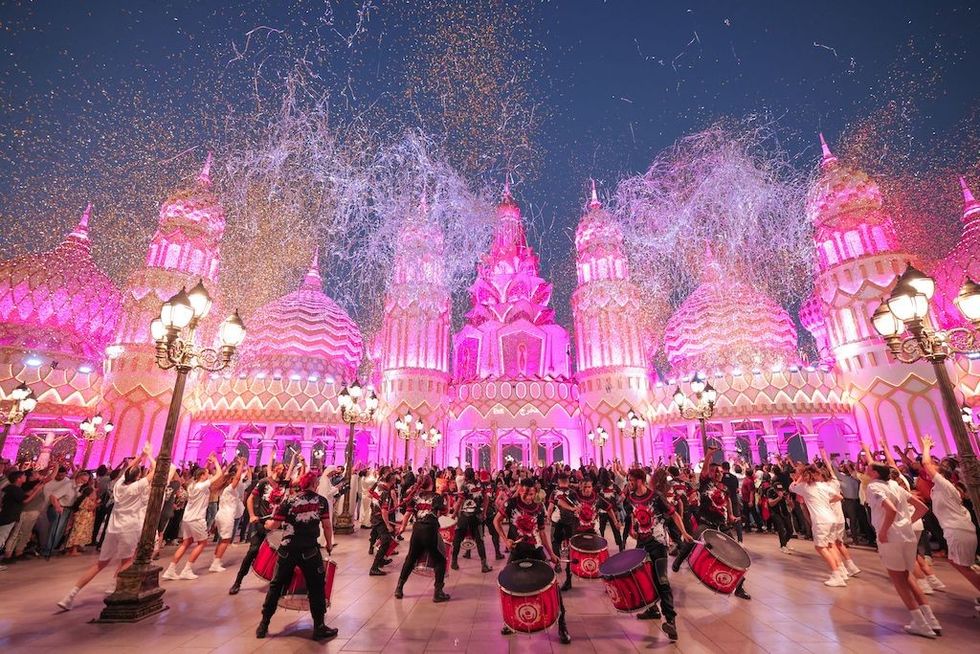
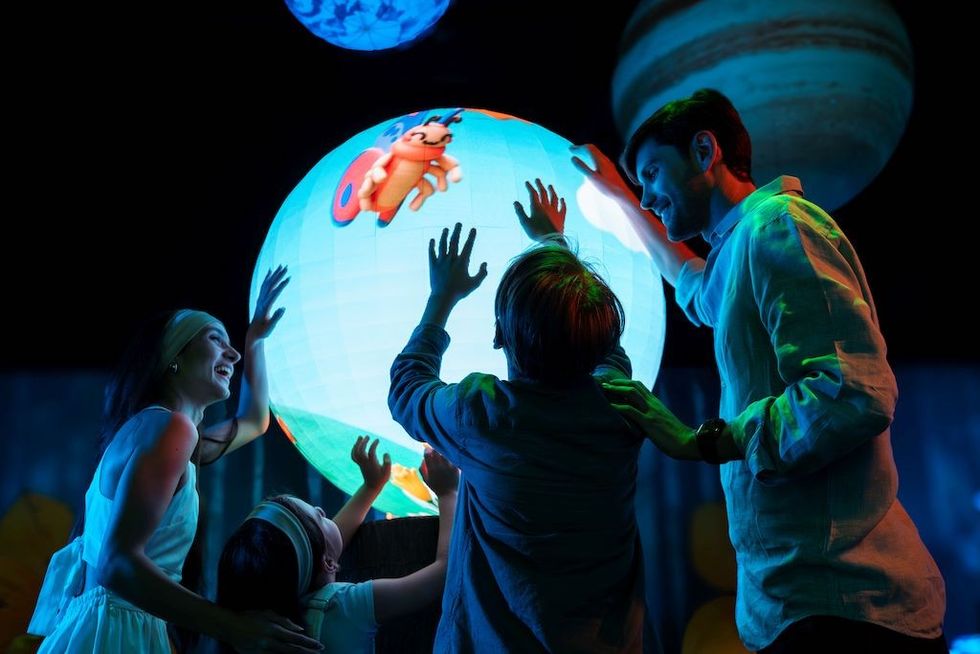



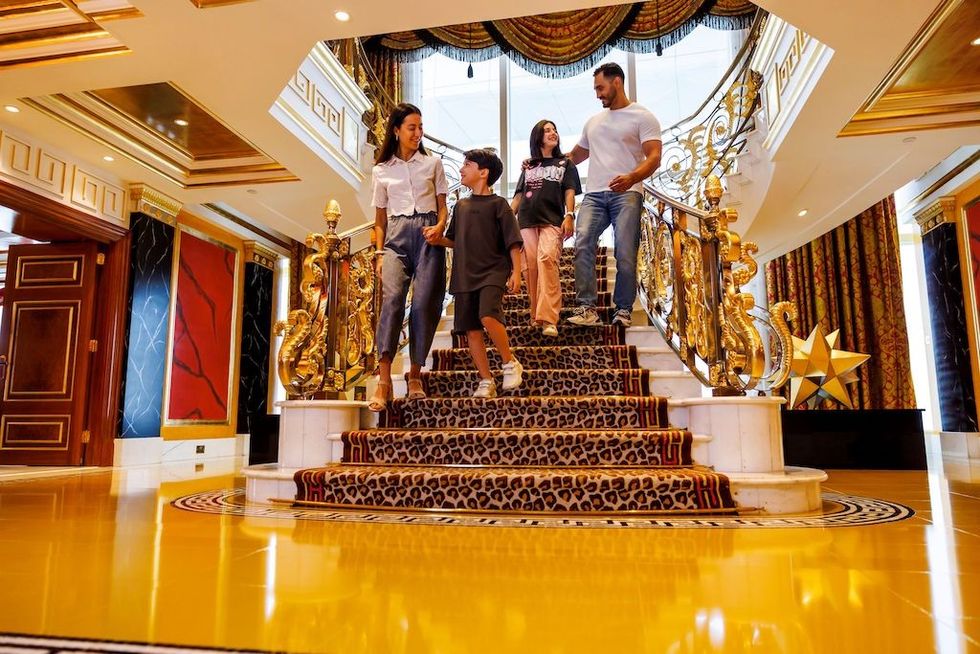

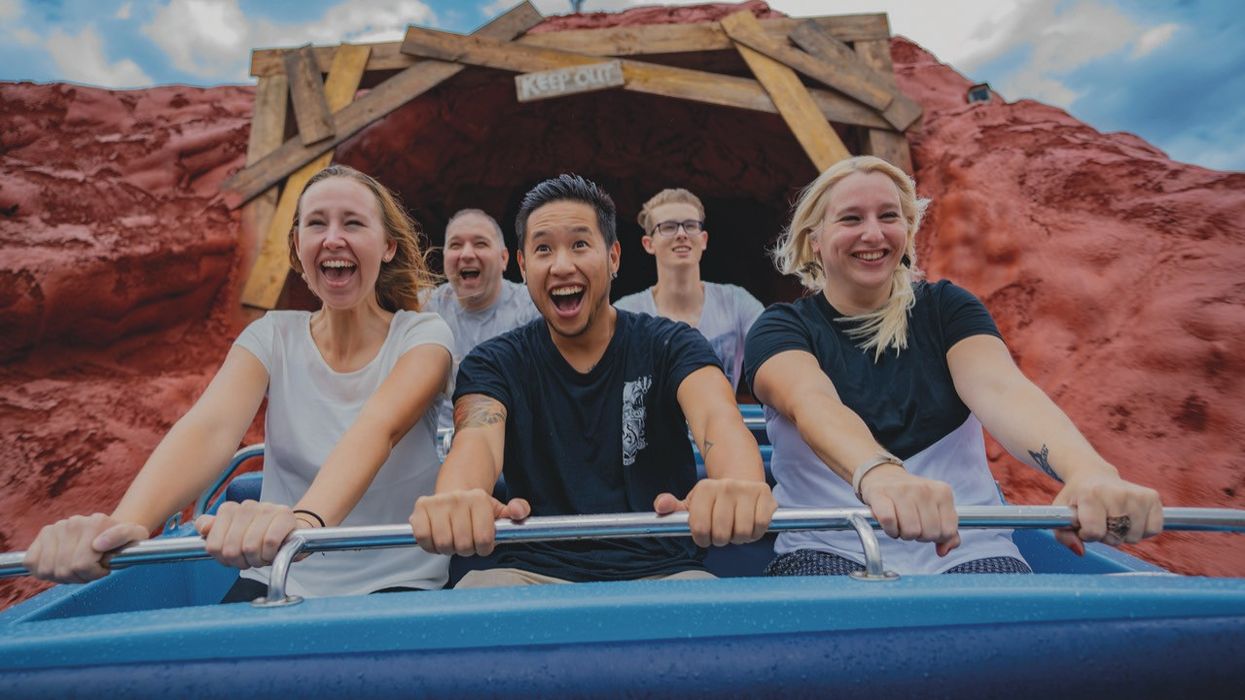

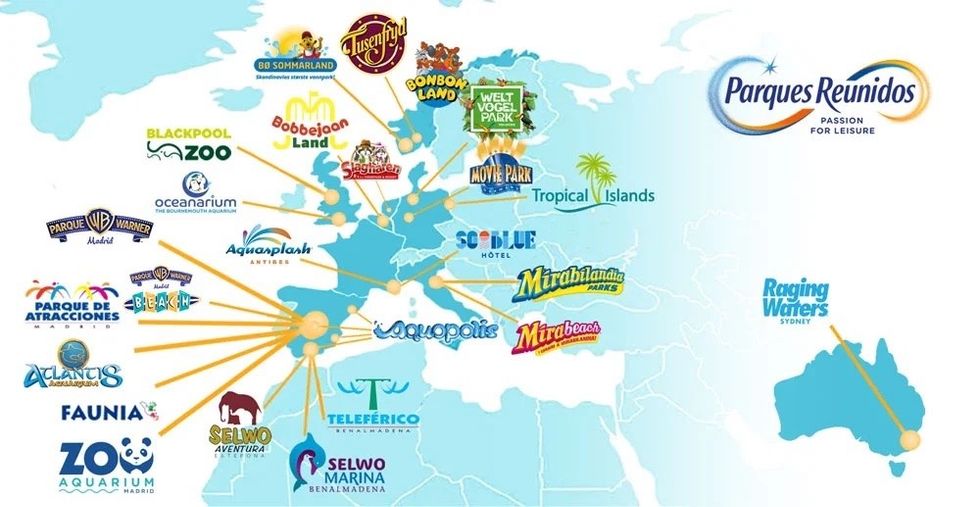
 Nickelodeon Land at Parque de Atracciones de Madrid
Nickelodeon Land at Parque de Atracciones de Madrid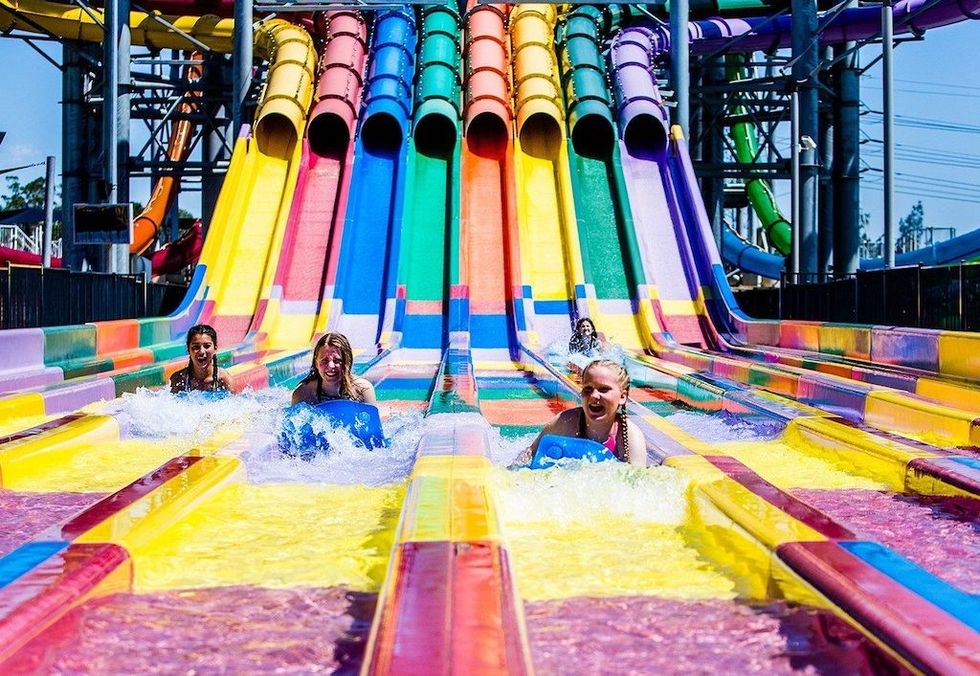 Raging Waters
Raging Waters 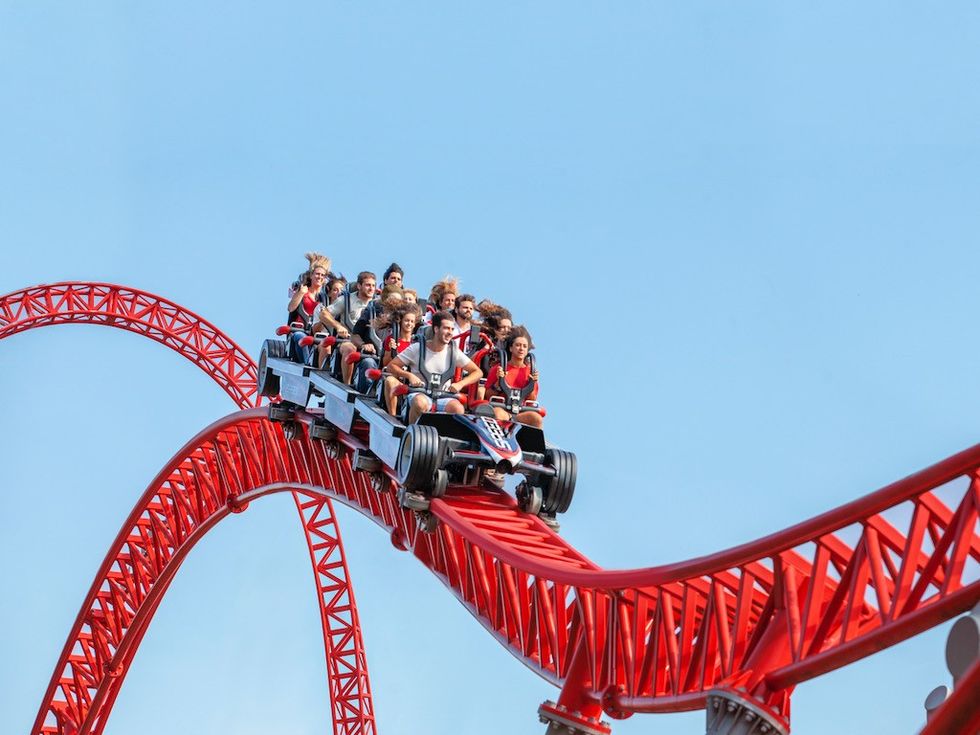 Mirabilandia's iSpeed coaster
Mirabilandia's iSpeed coaster Parque de Atracciones de Madrid
Parque de Atracciones de Madrid Ferracci at the ribbon-cutting ceremony for Nickelodeon Land at Mirabilandia, with (left) Marie Marks, senior VP of global experiences for Paramount and (cutting the ribbon) Sabrina Mangina, GM at Mirabilandia
Ferracci at the ribbon-cutting ceremony for Nickelodeon Land at Mirabilandia, with (left) Marie Marks, senior VP of global experiences for Paramount and (cutting the ribbon) Sabrina Mangina, GM at Mirabilandia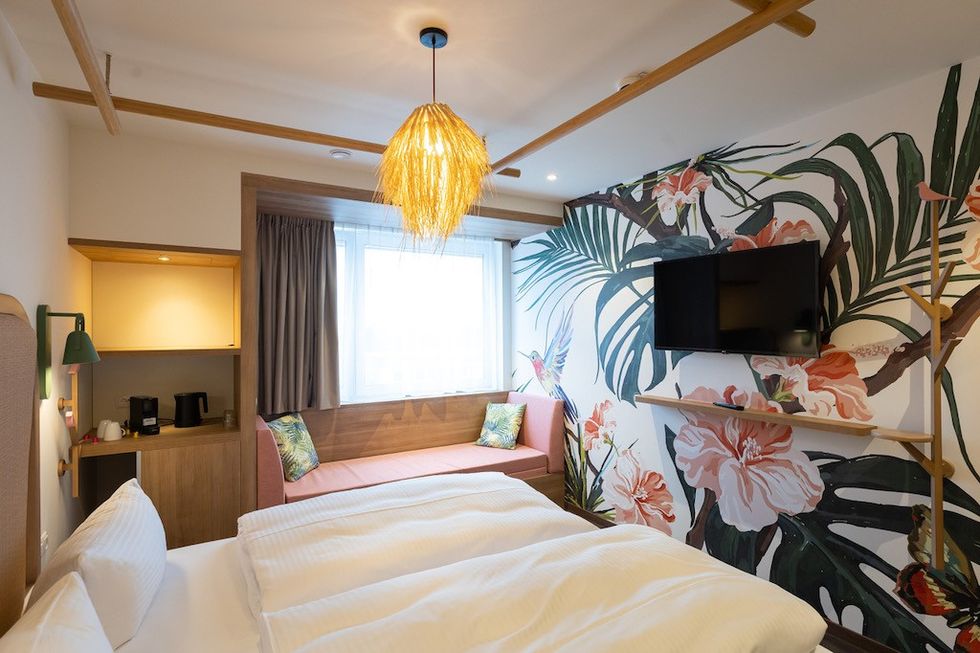 Tropical Islands OHANA hotel
Tropical Islands OHANA hotel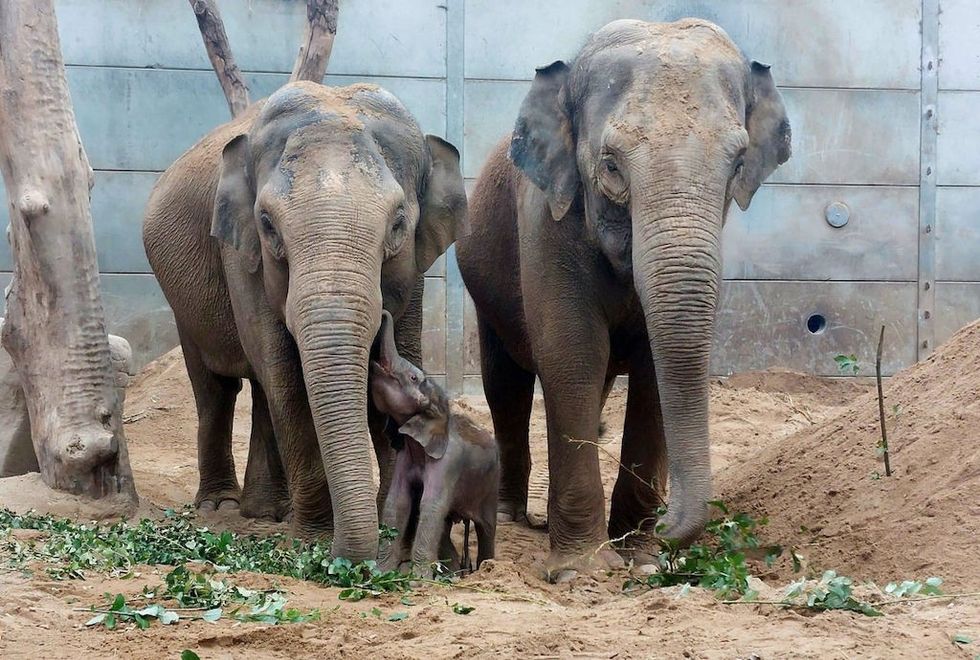 Elephants at Blackpool Zoo
Elephants at Blackpool Zoo 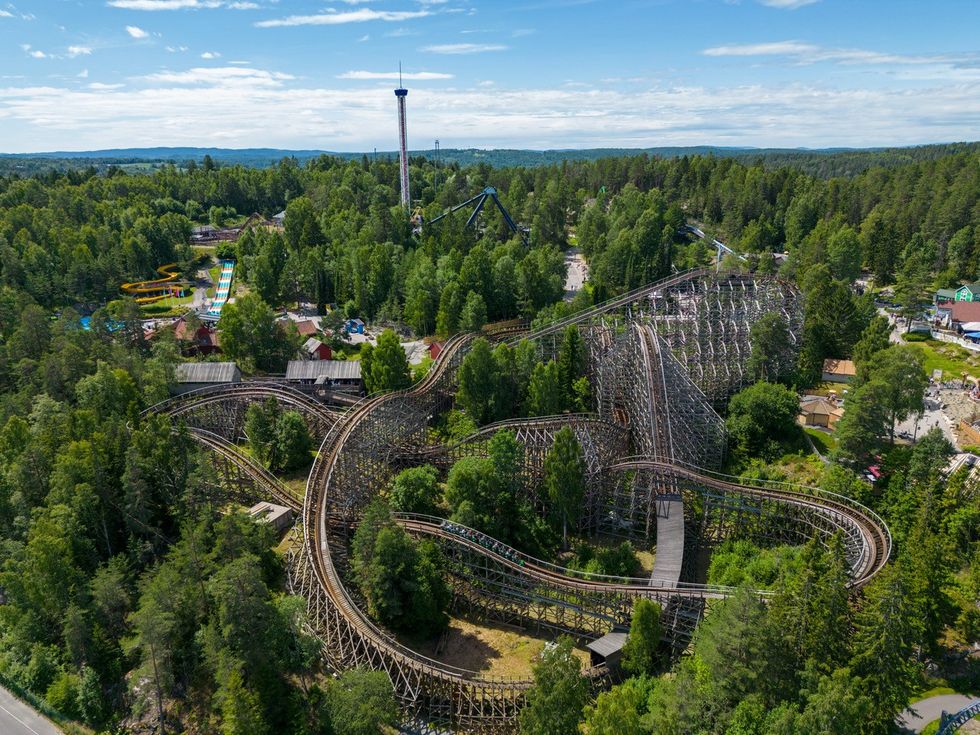 Tusenfryd
Tusenfryd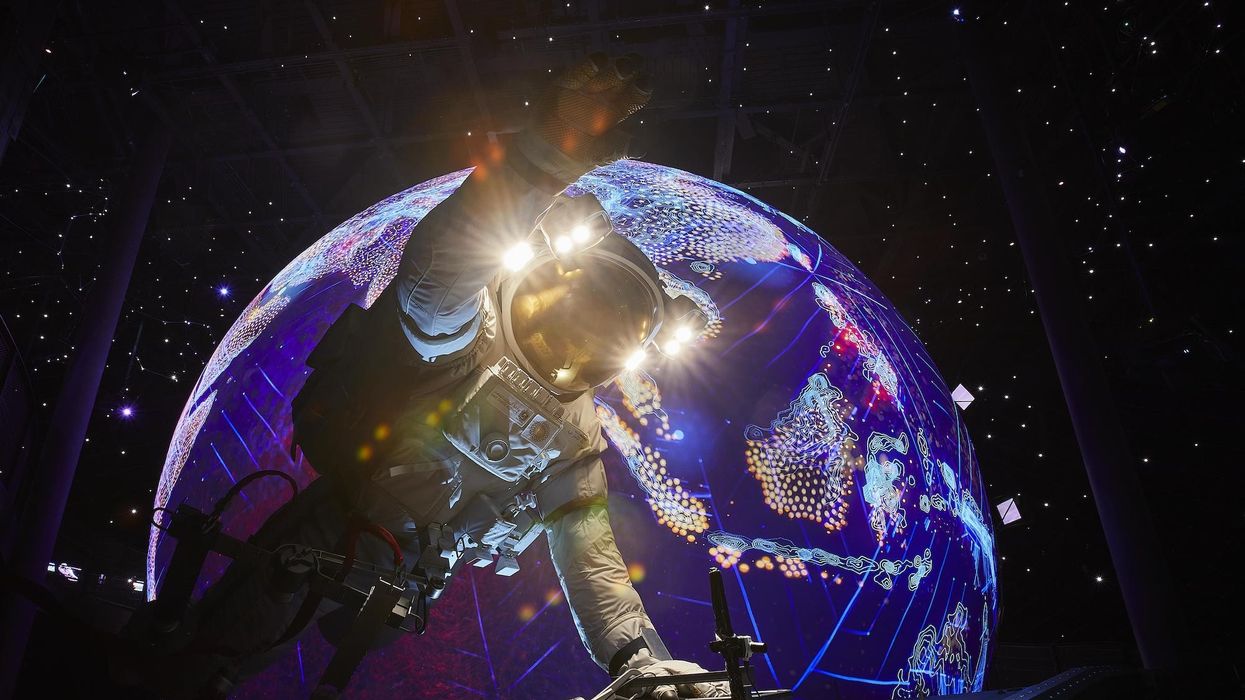
 Andrew Thomas, Jason Aldous and Rik Athorne
Andrew Thomas, Jason Aldous and Rik Athorne







